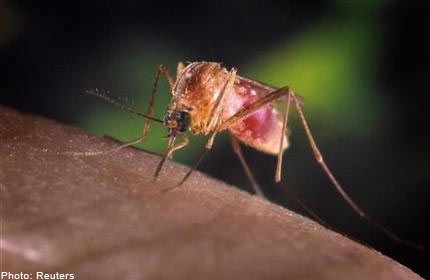US West Nile deaths, infections rise at slower pace


WASHINGTON - The number of West Nile virus deaths and infections continued to rise in the United States last week, but at a slower pace, health authorities said Wednesday.
As of Tuesday, 3,545 cases of the mosquito-borne disease were reported this year, including 147 fatalities, the Centers for Disease Control and Prevention (CDC) said.
This compares to 3,142 reported the previous week, a 13 per cent increase compared to a 30 per cent rise earlier in September.
It is "the highest number of West Nile virus disease cases reported ... through the last week in September since 2003," the CDC said.
The bulk of the cases - 70 per cent - were reported in eight states: Texas, Mississippi, South Dakota, Michigan, California, Louisiana, Oklahoma, and Illinois. Thirty-eight per cent of all cases were reported in Texas.
The 147 deaths during the week ended September 25 marked an increase of 9.7 per cent compared to 134 deaths the previous week.
Since the West Nile virus was first observed in the United States in 1999, more than 30,000 people have been infected with the virus, which can cause life altering disease.
This year, the soaring number could be due to a relatively mild winter, an early spring and a hot summer.
Other factors potentially contributing to the outbreak are birds transporting the virus and an exploding mosquito population.
First identified in Uganda in 1937, the virus manifests itself in a number of different ways and 80 per cent of the time does not spark serious symptoms.
However, it can also cause potentially fatal complications such as meningitis or encephalitis.
About one in 150 people infected will develop severe illness with symptoms that include high fever, convulsions, vision loss, numbness, coma and can cause permanent paralysis and neurological damage.
Eighty per cent of those infected will not show any symptoms at all and milder symptoms range from headaches to skin rashes, the CDC said.